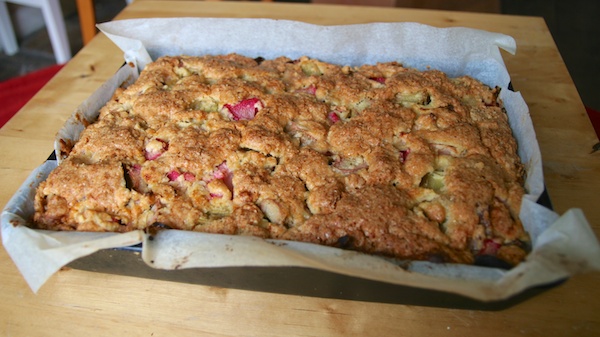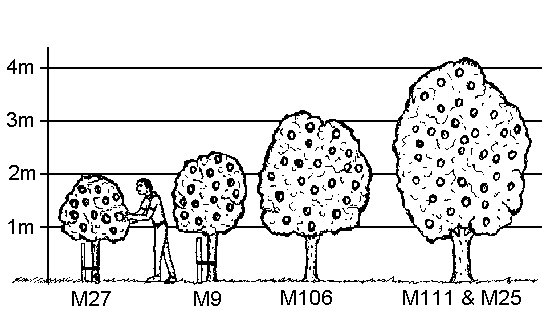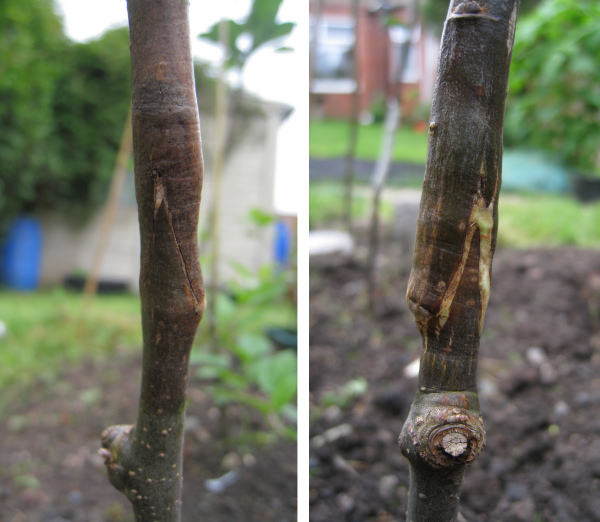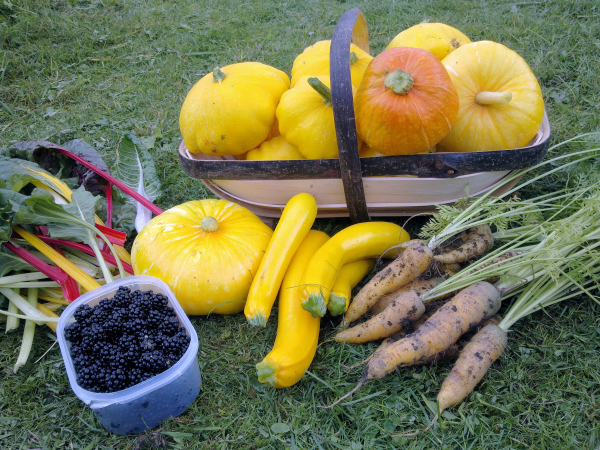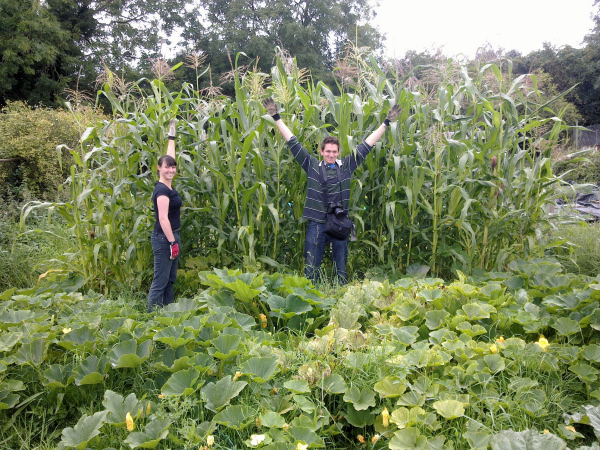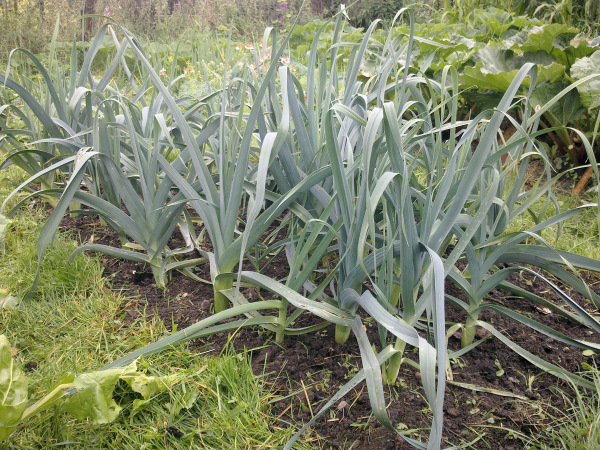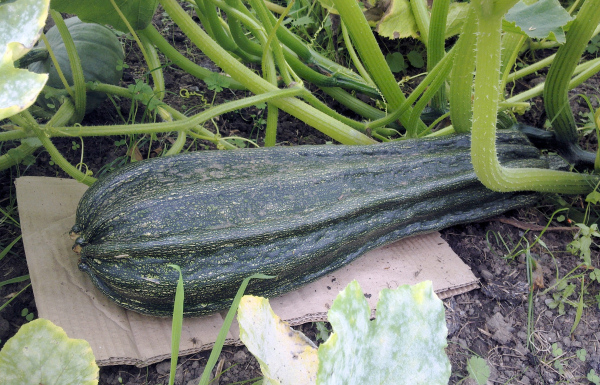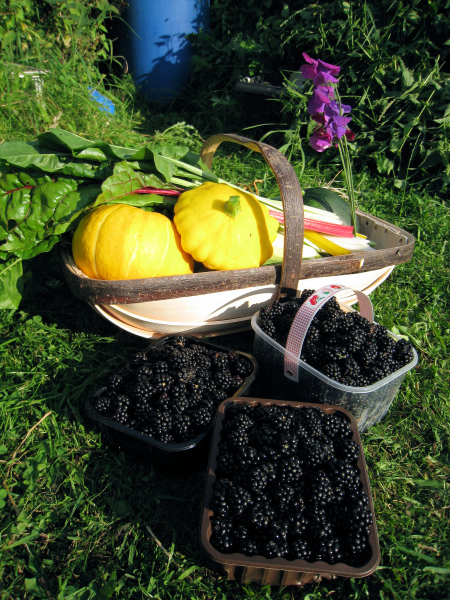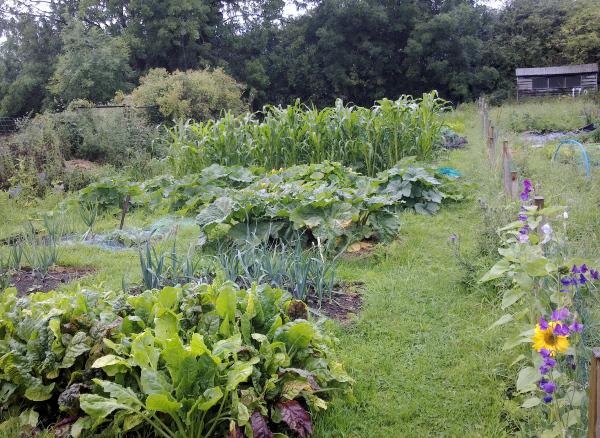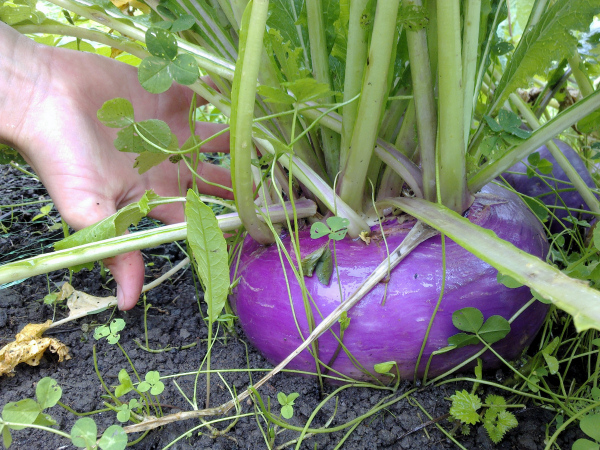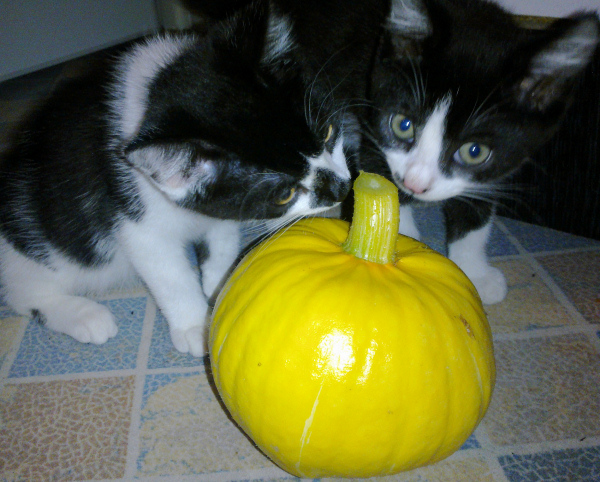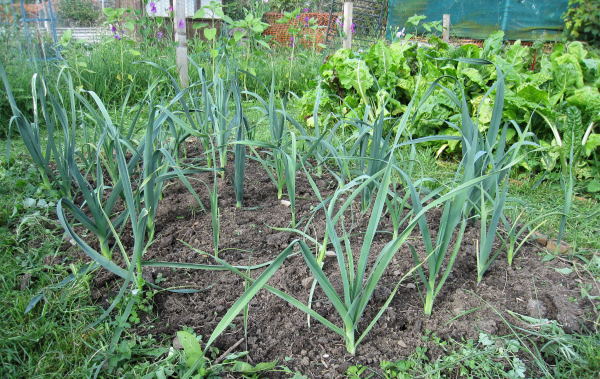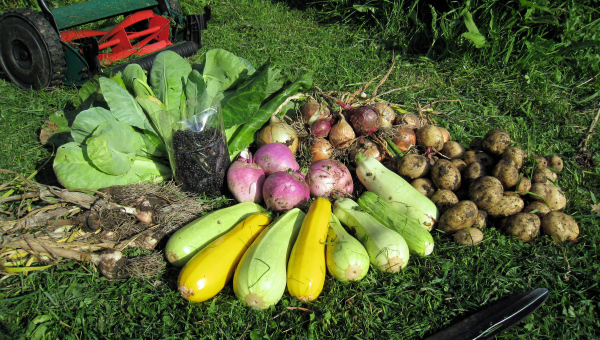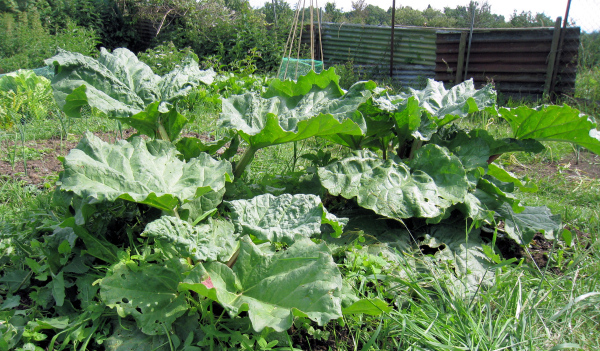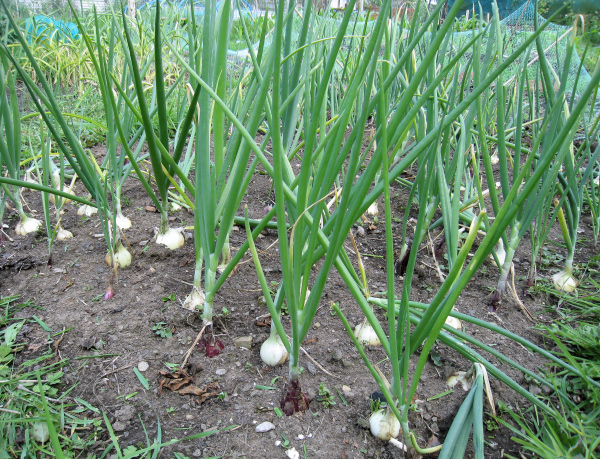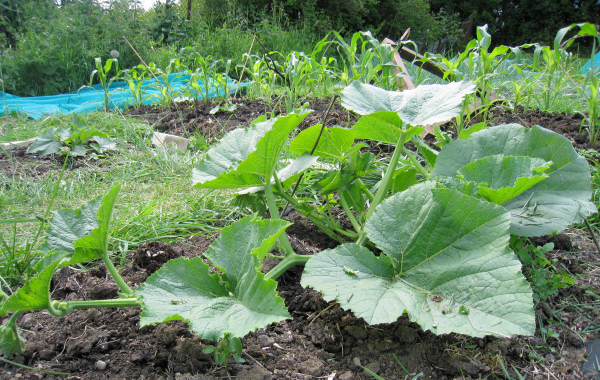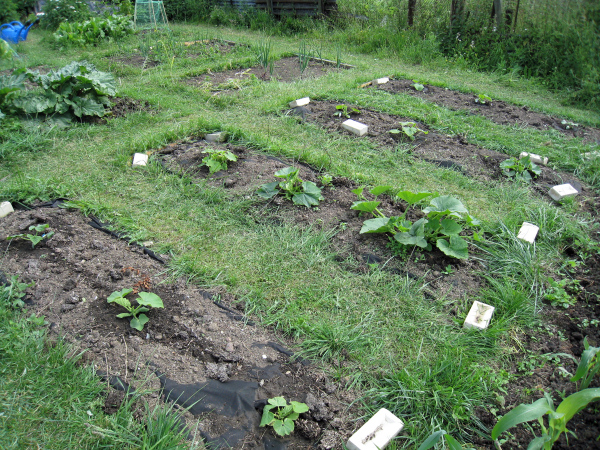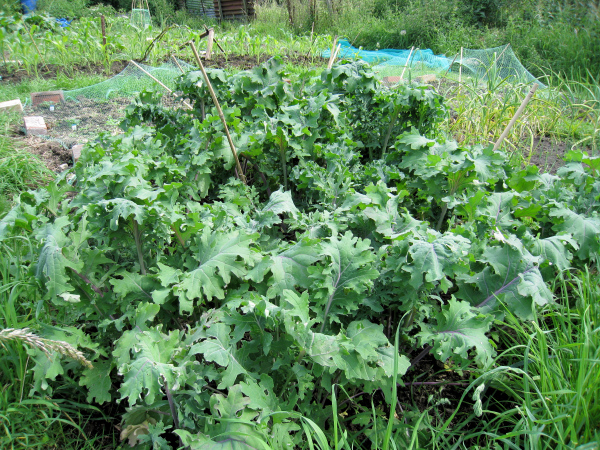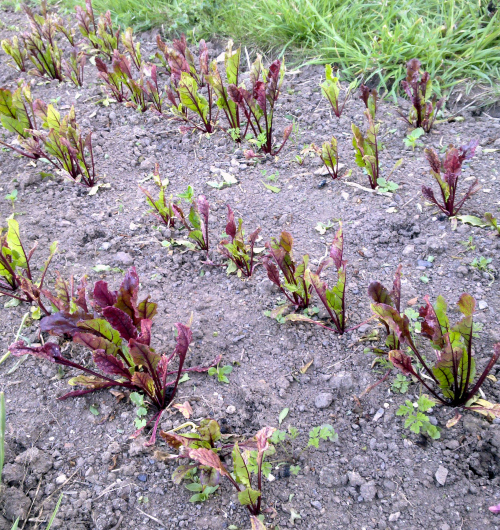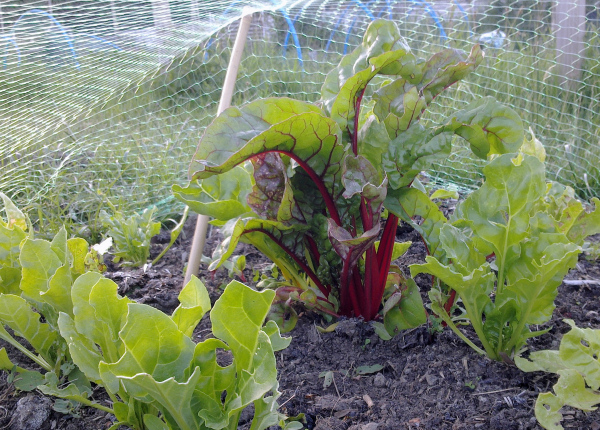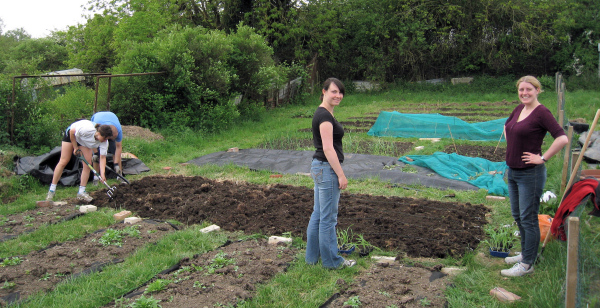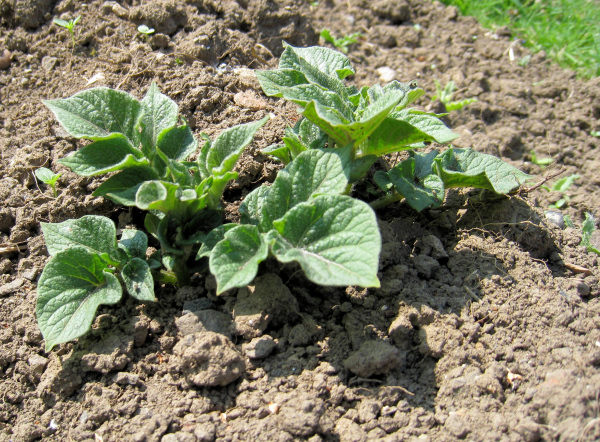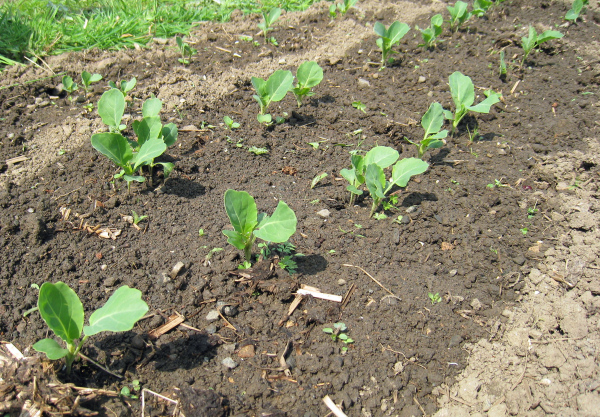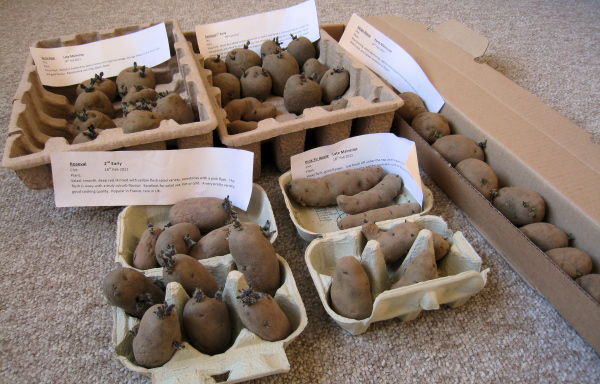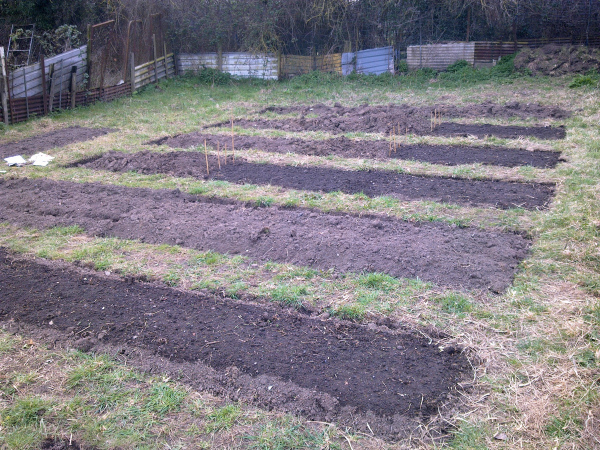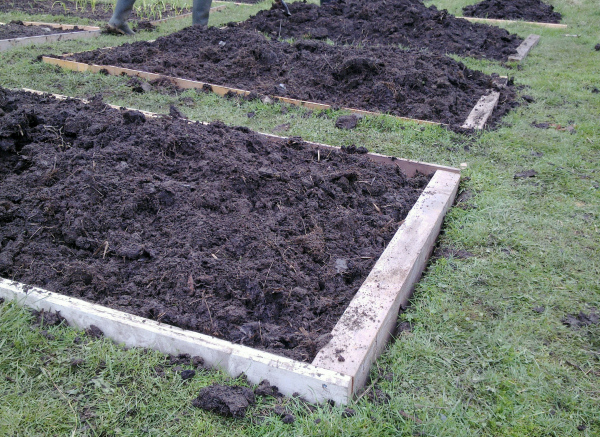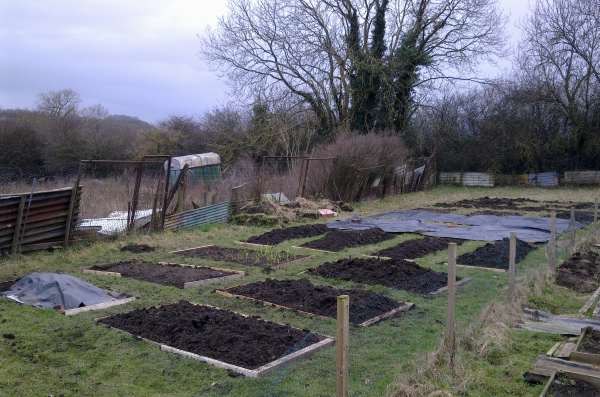We have an apple tree on our allotment, it’s a Worcester Pearmain (we think) and by late August we have more apples than we know what to do with! This variety don’t store well and after giving away a couple dozen we still have over 50 on the table. Drying seems like a good idea but the food dehydrators on the market cost around £50 for a small one (0.38 m2 drying area) to over £200 for a larger one (1.35 m2). With a bank holiday Monday to kill, we joined the crowds at the hardware store to see if we could knock something up ourselves.
We did skip a few bits of wood and if we’d planned this for more than 15 minutes could certainly have skipped all the wood. As it happened though we spent £6.90 on the wood.
Wood £6.90
Trays 7 x £1.75 = £12.25
Cable £1.80 (4 m)
Plug £0.64
Lamp holders 4 x £0.98 = £3.92
Switch £1.72
Bulbs £1.97 (4 x 60W)
Screws ~60 = 0.40
Also a little bit of wood glue and some foil and duct tape (say 50 pence).
The cardboard is of no cost and the fan (120 mm, 12 v) came from an old computer case (these can be bought for £3 from good computer shops).
Total cost = £29.90
Call it £30.50 or £34 once we’ve added the 8th and 9th racks there’s room for. The shop only had seven in stock.
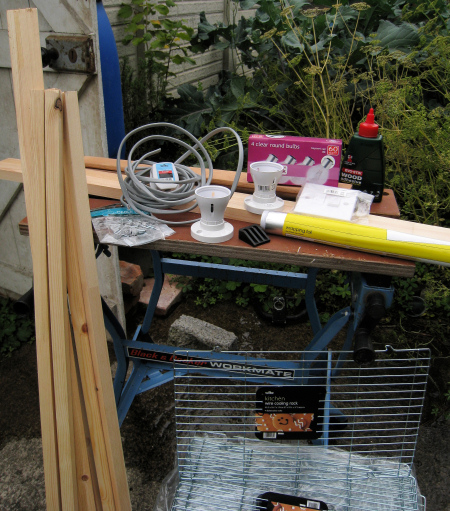
The materials for the dehydrator.
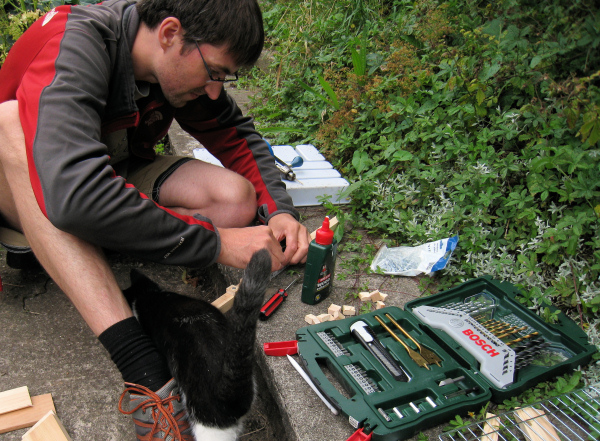
The cats were very helpful...
The basic idea is a simple wooden frame, with lights at the bottom to provide the heat and a fan to provide the air flow. All the joints were drilled, counter sunk, glued and screwed to produce a pretty robust frame.

Drilling - no power tools used here!
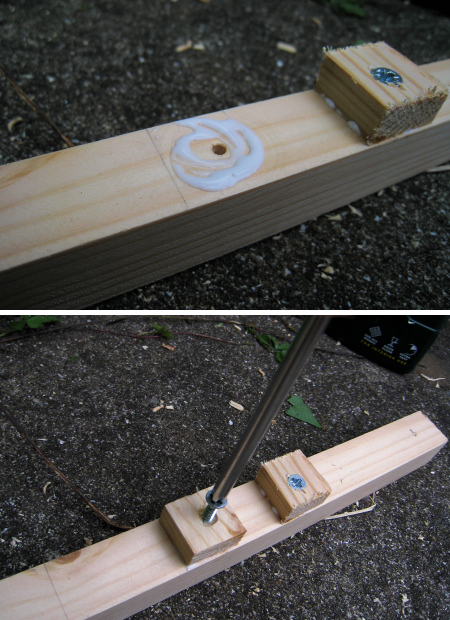
Each corner post has little ledges for the racks to rest on.
The four 60 W bulbs are in two parallel sets, each with its own switch. This gives us two heat levels of 240 W and 120 W.
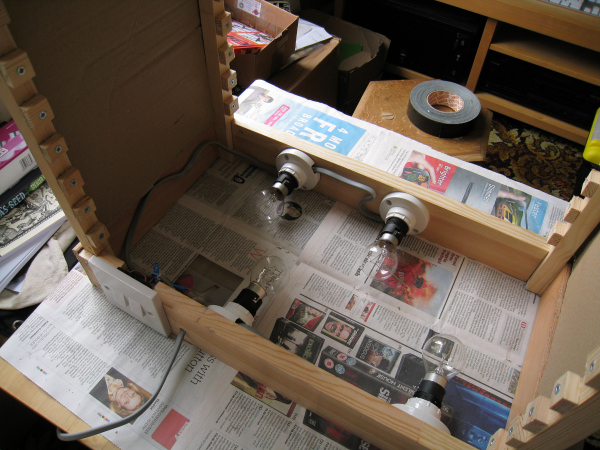
Four 60 W bulbs provide 240 W of heat (and a small amount of waste light).
The sides are covered with thick cardboard. The 120 mm fan is fitted into the middle of the cardboard base, separating the bulbs from the heating area. It’s a DC fan, running off an old transformer I had kicking around.

All assembled with the 120 mm fan in the base.
And here we are in action!

First run!
In its current configuration the drying area is seven trays of 0.094 m2 totalling 0.66 m2. The capacity is 9 trays so a total of 0.85 m2, over twice the capacity of the cheapest commercial version. At least £10 of the final cost of £34 could be easily avoided by getting the wood and cable from a skip. The switch, bulb fittings, and plug could also probably be skipped with a little more effort. The trays were the most expensive part, they do look nice but similar function could have been achieved far cheaper by using a square metre of fine wire mesh from a garden centre. The apples do seem to be sticking to the metal a bit, so maybe plastic trays would work better? Or maybe we need to use a little bit of oil/butter on them next time.
Here’s the result:

The first batch!
It took around eight hours, used close to 2 kWh which is around £0.25 of electricity. Next up the solar adapter for sunny days! Whilst some did stick to the trays, these were the thinner ones; they were too thin! The best results are from the thicker slices, 4 mm seems around right.
The temperature with all four bulbs on was a stable 35 C, which looking at commercial dehydrators seems on the cool side. Be interesting to know how much airflow they have though. Now to try some courgettes! 🙂
